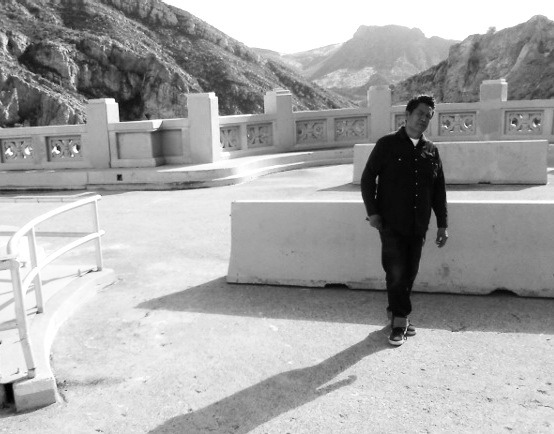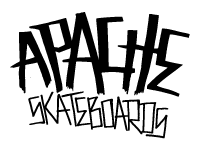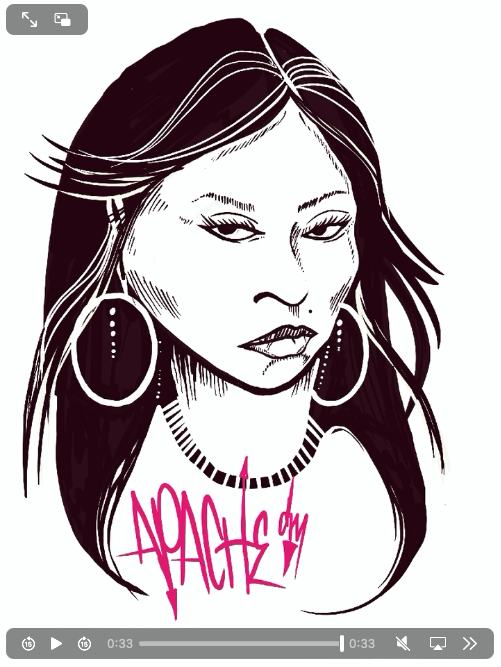The Revenant Film And The Native American Subtext . The…
The Revenant Film And The Native American Subtext
.
The Alejandro González Iñárritu film The Revenant film brings that visceral vibe he’s known for to the forefront not seen since his Amorres Perros where each character not only wants revenge but his own form of redemption.
Upon viewing The Revenant I realized it is not as much a film about vengeance, “vengeance is in the hands of the creator”, as much as it is
about the raw selfish human forces that drive people to kill to succeed committing, creating and justifying crimes that eventually force acts of vengeance. In tribal societies vengeance is sometimes a traditional social more. In tribal societies we don’t have much but what we do have is land and family so we fight for those the hallmarks of our amazing existence. What is noticeable Immediately is the somewhat openly hidden subtext of this Alejandro’s film. It explains the historical theft of everything that Native people held lovely and sacred. Our land, our people, our women, our sons, our daughters and our leaders are openly lied to and abused to the point of starvation and domination as alluded to in the “pyramid of buffalo skulls ” scene. We are misled, stolen, raped, tracked, fought, clowned, dehumanized, shamed and finally murdered in the name of commerce, business and intercontinental progress.
We Natives are merely “in the way” to be
removed and exploited in the (name of) progress.
.
Ironically it took a multi-million dollar budget Hollywood filmed across the world to say and address this in an American film made by a minority (Mexican) director. His vision is not atypical in that vanquished westernized version of Native plight but is one of raw observational truth meeting filmic prowess in a literal battle to be made and seen. Alejandro’s story told through Hugh Glass does use some cliche’ but not enough to make it one. More importantly The Revenant has an expediency and photographic rendering which adds to the bold great mystery that nature produces alone.
The forest becomes a dark beast and of course we Indians become “En Dios ” ( In God ) during the closing scene as living saints but purely justified in our bold but still often misread reasonings.
This film is as beautiful as it’s telling and as raw as the historical Native subtext it unfolds.
The performers ( Native and non/Native ) were believable and both hauntingly familiar. Of course Tom Hardy is the metaphor for the worst America has to offer and Leonardo’s Glass becomes the country looking for not only revenge and redirection but redemption for the sins of his own countrymen in the America WE NATIVES know. This very real subtext we tribal people have lived in now for centuries amidst cultural vultures and users.
.
Nevertheless for all this I give Leonardo DiCaprio our own #WhatTribeAward for being
a truly stand up guy by repping
and pointing out and respecting the struggle of everyday Native People during his acceptance speech at the Golden Globes. Not since Marlon Brando spoke on behalf of Native American mistreatment at the Academy Awards (turning down his Oscar for The Godfather) has this occurred. Though not the same in historic precedent but the both actors were high profile enough to create a possible new Native point of view ironically in a country that loves
to forget who we are, where we’re from
and just how we all violently got here.
.
.






